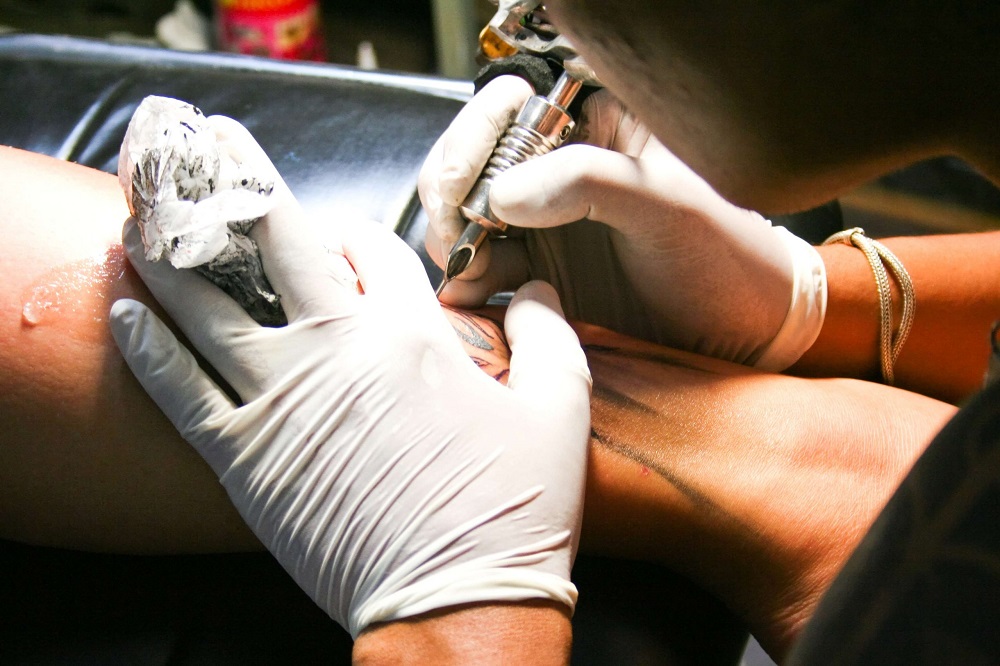In order to effectively address the healthcare needs of IV drug users, collaboration between healthcare providers and community organizations is essential. This collaboration can improve communication and coordination of care, ensuring that IV drug users receive comprehensive and timely treatment for infections. By working together, healthcare providers can increase access to testing, treatment, and support services, ultimately reducing the burden of infections among IV drug users. Another important future direction for IV drug users and infection control is the expansion of drug treatment options. Drug addiction is a complex issue that requires comprehensive and evidence-based treatment approaches.
Prevention and Control of Infections Among IV Drug Users

Albicans infection of the skin, eyes, bones, and joints has also been noted. Skin-poppers should follow all of the infection control and other safety precautions that intravenous and intramuscular injectors should follow. Also, skin-poppers are at greatly increased risk for abscesses, especially if injecting crushed pills or another solution with particles in it.
Practitioners may suspect problems with drug use when they notice changes in mood or behavior in a person. For example, repeatedly injecting drugs intravenously produces track marks. Track marks are lines of tiny, dark dots (needle punctures) surrounded by an area of darkened or discolored skin. People who inject drugs may claim other reasons for the marks, such as frequent blood donations, bug bites, or other injuries. Endocarditis is a common and potentially life-threatening infection among IV drug users. It occurs when bacteria or fungi enter the bloodstream through contaminated needles or drug paraphernalia and infect the inner lining of the heart valves and chambers.
Mental Health
- Needle exchange programs are probably the most recognized form of harm reduction.
- ✓ Real patient outcome tracking Success rates and recovery metrics, not just marketing claims.
- Sometimes injection drug use is diagnosed when people go to a health care practitioner because they want help stopping use of the drug.
This can cause deep vein thrombosis (DVT), septicemia, arterial bleeding, neuropathic pain, and other complications. Dermatology Advisor, a trusted source of medical news and feature content for healthcare providers, offers clinicians insight into the latest research to inform clinical practice and improve patient outcomes. One of the long-term health risks of IV drug use includes developing endocarditis, inflammation of the heart’s lining.
Treatments
While the symptoms of a fungal infection may vary depending on the type of fungi that caused the infection, common symptoms include a fever and chills. Call our helpline today to find the best treatment options for drug abuse and addiction at a treatment center near you. Intravenous drug use is a risk factor for many physical health complications, beyond just vascular damage and venous disease. Several things can arise due to repeated substance abuse, such as heart problems, respiratory issues, liver and kidney problems, seizures, collapsed veins, insomnia, fatigue and a compromised immune system, among others.

SAFER INJECTING PRACTICES
- Chronic venous insufficiency (CVI) is a condition that is not exclusively tied to IV drug use.
- The approach is typically the same as the supraclavicular approach for placing a subclavian central venous catheter.
- Misusing drugs may provide a false sense of energy, causing the body to need more calories and energy to stay awake for extended periods.
- Drug users who inject substances directly into their veins (IV) are exposed to a range of life-threatening risks.
- His articles impress with unique research work as well as field-tested skills.
Patients are grouped based on their principal diagnosis into broader categories called Major Diagnostic Categories (MDCs). They are especially useful for data analysis, reporting, and clinical decision-making. Even when diagnosis codes differ, similar conditions can be grouped together based on their clinical relevance. Each category is assigned a unique CCSR code that represents a specific clinical concept, often tied to a body system or medical specialty. There should not be much bleeding at the injection site when skin-popping, but you might want to apply a Band-Aid to prevent infection.
This process is not only rapid but also means the drug is delivered to the brain all at once in a more concentrated amount. Oral drug use requires waiting for the substance to be digested and absorbed in the intestines before the effects can be felt in the brain. This makes them take significantly longer to produce the desired impact. While this typically results in a longer high, it is also less intense and delayed for some people.
An antitoxin is needed to stop the negative effects of the toxin in your body to treat wound botulism. In some cases, patients may experience a long recovery even if they receive the antitoxin promptly. Cellulitis is a common bacterial skin infection that can result in red streaking of the skin, tenderness, inflammation and pain in the infected area. If cellulitis is left untreated, it can cause serious complications and health problems. Septic arthritis is a joint infection that typically occurs when an infection Sober living home travels through the bloodstream to a joint.
Policy brief: Consolidated guidelines on HIV, viral hepatitis and STI prevention, diagnosis, treatment…
Injecting a drug directly into the user’s vein, known as intravenous (IV) drug use, is very dangerous and exposes the user to disease-causing bacteria that could lead to an abscess. Abscesses are one of the most common skin and soft tissue infections plaguing injection drug users. The lifestyle of individuals who use intravenous drugs makes them vulnerable to infection. People with an addiction repeatedly inject substances with immunosuppressive effects that are frequently in contaminated diluents. Immunologic defenses also are compromised by the simultaneous abuse of alcohol and tobacco and by personal neglect. The ongoing opioid crisis in the early twenty-first century in the United States increased the risk for hepatitis B, hepatitis C, and HIV as drug users share contaminated injection devices.
WHAT SPECIFIC PHYSICAL PROBLEMS DO GPS NEED TO BE AWARE OF?
When respiratory depression occurs, it is a sign of opioid overdose, and patients should be ventilated and treated with naloxone (Narcan), an opioid antagonist. Yes, there are treatment options available for IV drug users with HIV or hepatitis. Antiretroviral therapy can help manage HIV, while antiviral medications can be used to iv drug user treat hepatitis B and C.